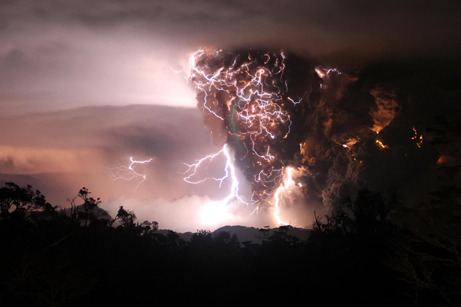I use iPhoto Library Manager to manage the size of my iPhoto libraries.
When I need to split libraries there isn’t a easy way to delete photos that match your criteria (I use date) from the library.
If there are less than 50% of the photos that I want to keep in a library then I can just create a smart album that contain those photos and simply drag and drop the album to a new library. But when there are more than 50% then it is faster to delete the unwanted photo from the existing library.
That is the problem, there isn’t an easy way to delete a bunch of photos from library that belongs to a certain album (i.e. match certain criteria).
My solution is this, iPhoto has a Bulk Update (cmd+shift+B) function. So I select all the photos in the album that I want to delete and use Bulk Update to set the description to be ‘deleteme’ then I go to the photos and do a find (cmd+F) with the same string. Voila now I can select the photos and delete them out of the library. Just remember to empty the iPhoto Trash so you recover the disk space from the library.
